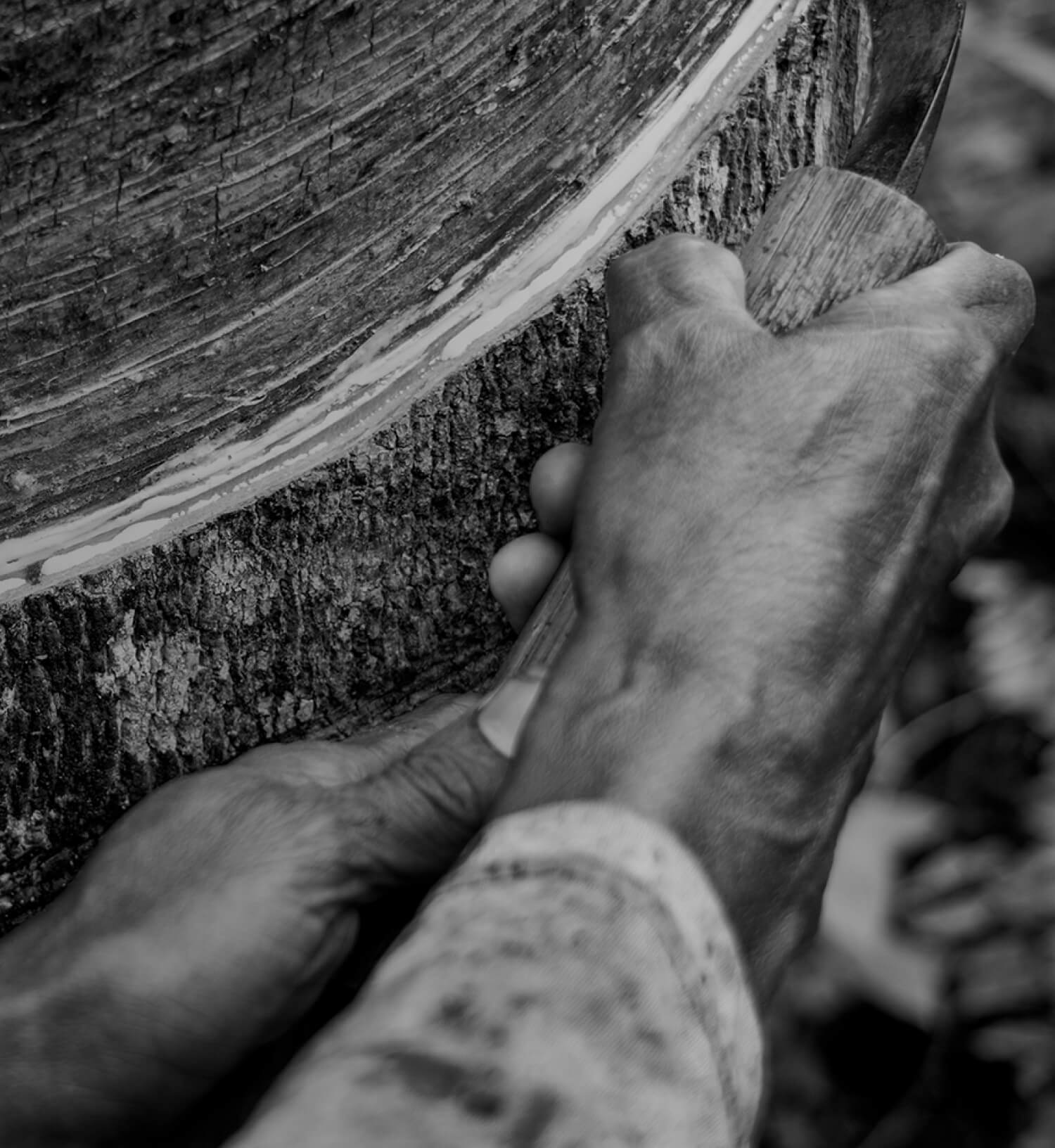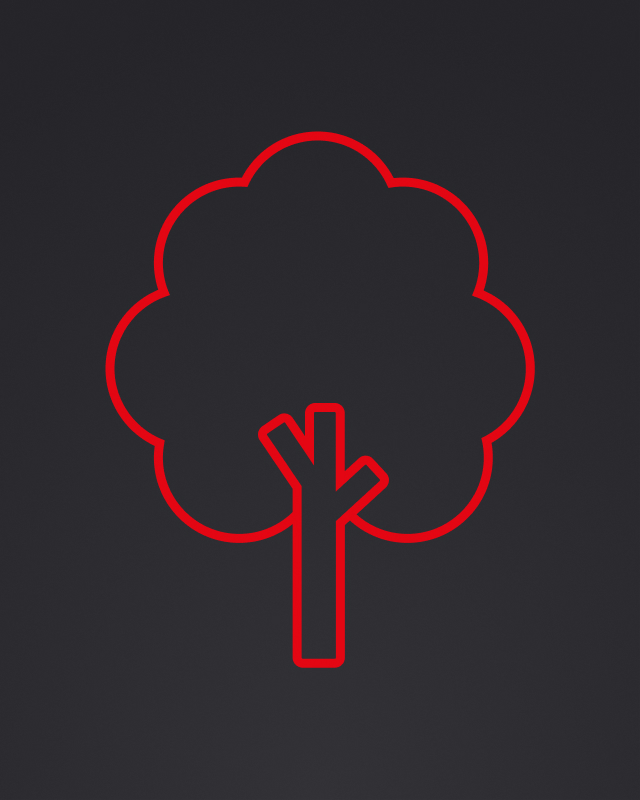Into the forest
An interview with BirdLife's Patricia Zurita, the first woman from a developing country (Ecuador) to become CEO of an international conservation organisation
«As the CEO of BirdLife, it is incredibly gratifying to me and our global family to receive the support and engagement of terrific companies like Pirelli and the BMW Group. This partnership program will improve community livelihoods and their environments, and serve as a pilot that can be scaled up elsewhere around the planet», she told us.
Can you tell us a little about BirdLife and the community around this project?
«BirdLife is actually the world's oldest, and largest, nature conservation organisation – we'll celebrate our 100th anniversary in 2022. BirdLife International and the Global Platform for Sustainable Natural Rubber have a new plan to safeguard the Indonesian forest of Hutan Harapan, created to protect the ecosystem, the animals and the people who live in that environment. One of our unique attributes is that although we're global, we're truly rooted in over 117 countries and their local communities around the earth. And one of the really exciting elements present in BirdLife is how global partners team up to work on a given conservation project».
A sustainable use of natural rubber helps to preserve the planet, but also the life of indigenous peoples. How?
«Like so much of our planet, the lowland tropical forests of Hutan Harapan are under human-induced pressure resulting in deforestation and land degradation. This poses serious threats to the sustainable livelihoods and future of the 10,000 people living in and around Hutan Harapan. By ensuring that the rights and responsibilities of the local communities are identified, we can then support them in establishing guidelines for the sustainable use of their natural resources. The cultivation of jungle rubber is an age-old practice in Hutan Harapan. However, to make the rubber plantation economically viable while retaining its ecological integrity, there is a need to develop the capacities of rubber farmers in the area to benefit from plantation management that includes integrated soil and fertility management and utilisation of best harvesting practices».
How do conservation projects help women's empowerment?
«Increasing indigenous women's capacity in decision-making and political participation will ensure that adequate numbers of indigenous women are placed in positions of leadership. To strengthen biodiversity protection in Hutan Harapan, community groups, women in particular, will be trained in biodiversity conservation in this project. Women need to be equally and actively involved in processes to conserve and sustainably use biodiversity because they play critical roles as primary land managers and resource users, and biodiversity loss poses a disproportionate burden for women and girls».
How are birds an indicator of the health of such a special place?
«Birds are especially effective indicators for how ecosystems are doing. They are present everywhere, well-observed and studied, and are very sensitive to changes in the environment, whether that be climate change, land-use change or overall biodiversity loss. Our partners track the data on this, then together we analyse it and can feed back what we've learned to local and national governments, academics and other scientists and international bodies. Developing a project like this in the Hutan Harapan for sustainable rubber cultivation always starts with a foundation of science so that the solutions designed are credible and truly benefit the species and communities concerned. No conservation that is attempted without the input, data and feedback from the folks living locally can expect to succeed».

